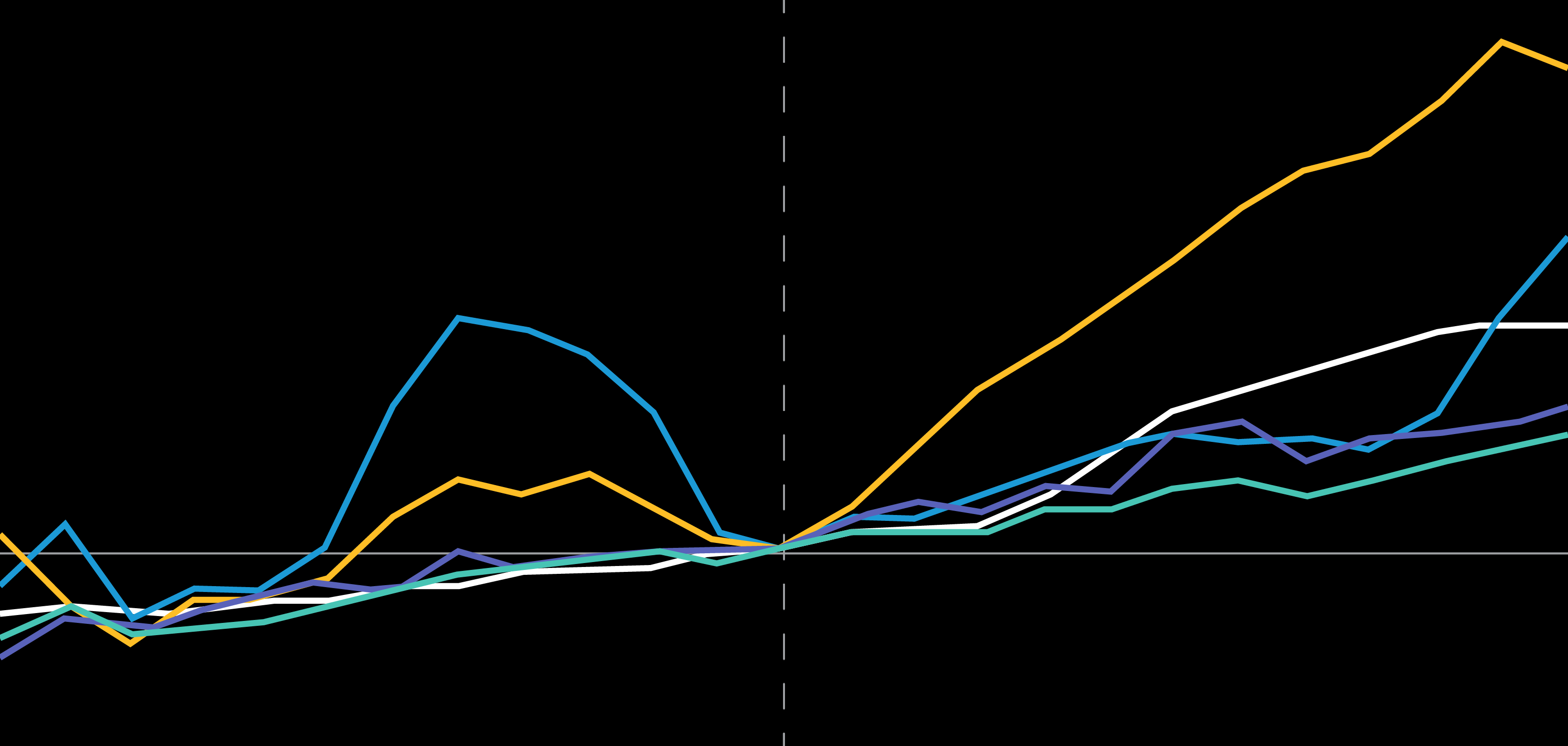-
The views expressed herein do not constitute research, investment advice or trade recommendations and do not necessarily represent the views of all AB portfolio-management teams. Views are subject to revision over time.
Value Stocks—Still Plenty of Fuel in the Tank
Past performance and current analysis do not guarantee future results.
Global represented by MSCI World Value Index and MSCI World Growth Index. US represented by Russell 1000 Value and Russell 1000 Growth. Europe represented by MSCI Europe Value and MSCI Europe Growth. Japan represented by TOPIX Value and TOPIX Growth. Emerging Markets represented by MSCI Emerging Markets Value and MSCI Emerging Markets Growth.
As of April 30, 2021
Source: Bloomberg, FactSet, FTSE Russell, MSCI, S&P, Tokyo Stock Exchange and AllianceBernstein (AB)
Past performance and current analysis do not guarantee future results.
* Return of the lowest-priced 30% of stocks relative to the highest-priced 30% of stocks, based on price-to-book, using the Fama French database of US stocks from June 1, 1936, through December 31, 2020.
Through December 31, 2020
Source: Center for Research in Security Prices, FactSet, MSCI and AllianceBernstein (AB)
Past performance and current analysis do not guarantee future results.
* Price to forward earnings (next 12 months) since January 1997
Through April 30, 2021
Source: FactSet, MSCI, Thomson Reuters I/B/E/S and AllianceBernstein (AB)
Past performance and current analysis do not guarantee future results.
Source: AllianceBernstein (AB)
-
MSCI makes no express or implied warranties or representations, and shall have no liability whatsoever with respect to any MSCI data contained herein.
The MSCI data may not be further redistributed or used as a basis for other indices or any securities or financial products. This report is not approved, reviewed or produced by MSCI.
Avi Lavi was appointed Chief Investment Officer of Global and International Value Equities in March 2016 and has also been Portfolio Manager for Global Research Insights since May 2016. He has been a member of the Cross Border team since early 2012. Previously, Lavi served as co-CIO of Global Value Equities (since July 2014) and global director of Value Research (since early 2012). From 2006 to 2012, he was CIO of UK and European Value Equities, and director of research for UK and European Value Equities from 2000 to 2006, during which time he helped establish AB’s first research operation based outside the US. Lavi joined the firm in 1996 as a research associate for utilities and expanded his coverage in 1998 to include oil and gas, covering these industries on a global basis. He subsequently became a senior analyst and sector leader for energy research. Lavi was previously an assistant controller at the State of Israel Economic Offices in New York. Prior to that, he was an accountant with Kesselman & Kesselman, PwC’s Israeli affiliate. Lavi holds a BA in accounting and economics from Bar-Ilan University in Israel and an MBA from New York University. Location: London




